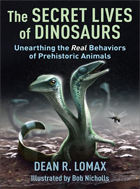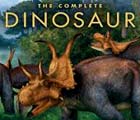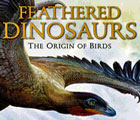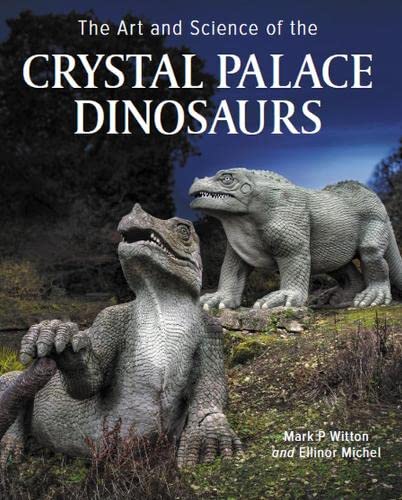Family Tree:
Dinosauria
Saurischia
Sauropodomorpha
Sauropoda
Neosauropoda
Diplodocoidea
Flagellicaudata
Dicraeosauridae
Dinosauria
Saurischia
Sauropodomorpha
Sauropoda
Neosauropoda
Diplodocoidea
Flagellicaudata
Dicraeosauridae
Pronunciation: die-KREE-o-SOR-uh-day
Author: Janensch
Year: 1929
Meaning: Forked lizards (see etymology)
Locomotion: Quadrupedal (four legs)
Synonyms: None known
Author: Janensch
Year: 1929
Meaning: Forked lizards (see etymology)
Locomotion: Quadrupedal (four legs)
Synonyms: None known
Definition
All diplodocoids more closely related to Dicraeosaurus hansemanni than to Diplodocus longus.
About
Four-legged, flagellicaudatan diplodocoid sauropods—the "whip-tailed" relatives of Diplodocus. Relatively small compared to other sauropods, dicraeosaurids (members of Dicraeosauridae) have extremely short necks with long "forked" spines on the vertebrae of their necks and backs.
Click here to view Dinochecker's A-Z list of Dicraeosaurids.
Etymology
Dicraeosauridae is derived from the
Greek "dikraios" (bifurcated, double-headed) and "sauros" (lizard), named for the long "forked" neural spines on the vertebrae of the neck and back, and their relationship to Dicraeosaurus.
Relationships














